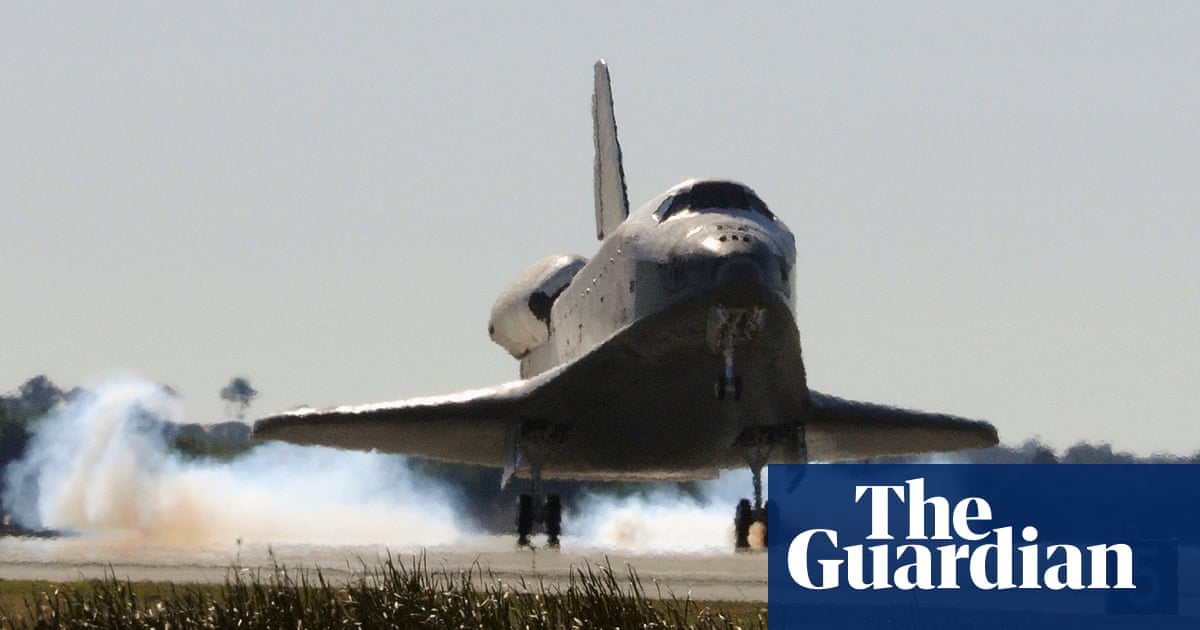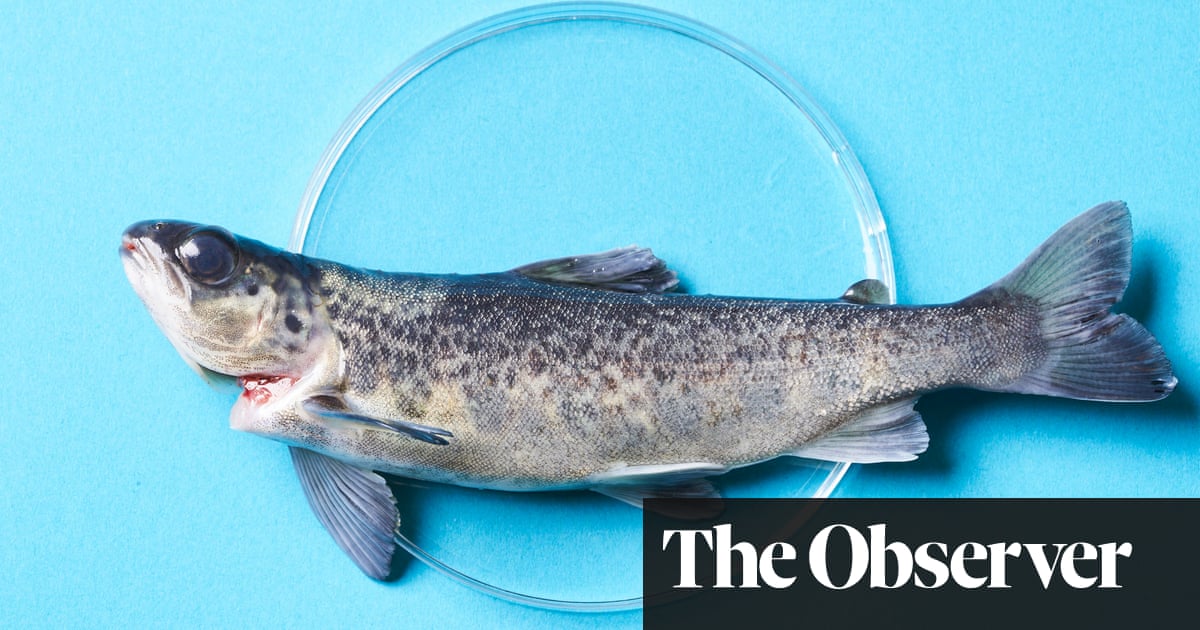Weatherwatch: How aircrafts erode when they hit rain at high speeds | Aerospace industry


Rain blown by the wind batters your face. Driving on a motorway, it smashes into your car windscreen with even greater force. At high speeds raindrops can wear away solid materials, which is a serious concern in the aerospace industry.
For propeller aircraft, rain was mainly a vision problem, but in the jet age planes were vulnerable to raindrops eroding paint coatings and damaging plastic, ceramic and even metal components. The problem was even more acute with rockets; to a spacecraft re-entering the atmosphere at high velocity, every droplet is a liquid bullet.
Engineers needed to explore the effects of raindrop erosion on the ground before flying new rockets or aircraft. In the 1950s the Royal Aircraft Establishment repurposed its whirling arm rig, used to test pilots’ resistance to G-forces, for rain erosion studies.
For higher speeds, researchers used compressed gas guns to fire test articles into water droplets suspended in webs. They developed extreme water pistols firing droplets at supersonic speeds, simulating flight through rain at mach 5.
The most advanced apparatus was a rocket sled track at Sandia, New Mexico, which carried nosecones, radar domes and other components through simulated rainstorms.
These tests gave engineers a thorough understanding of how speed, droplet size and exposure time affected rain erosion, and they now build accordingly.
Source link




